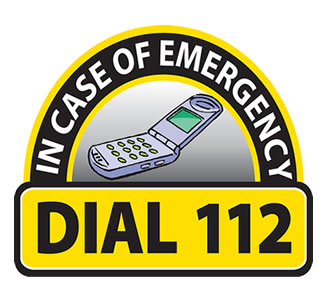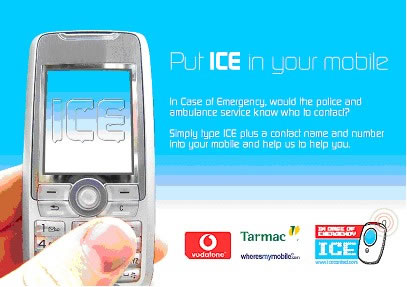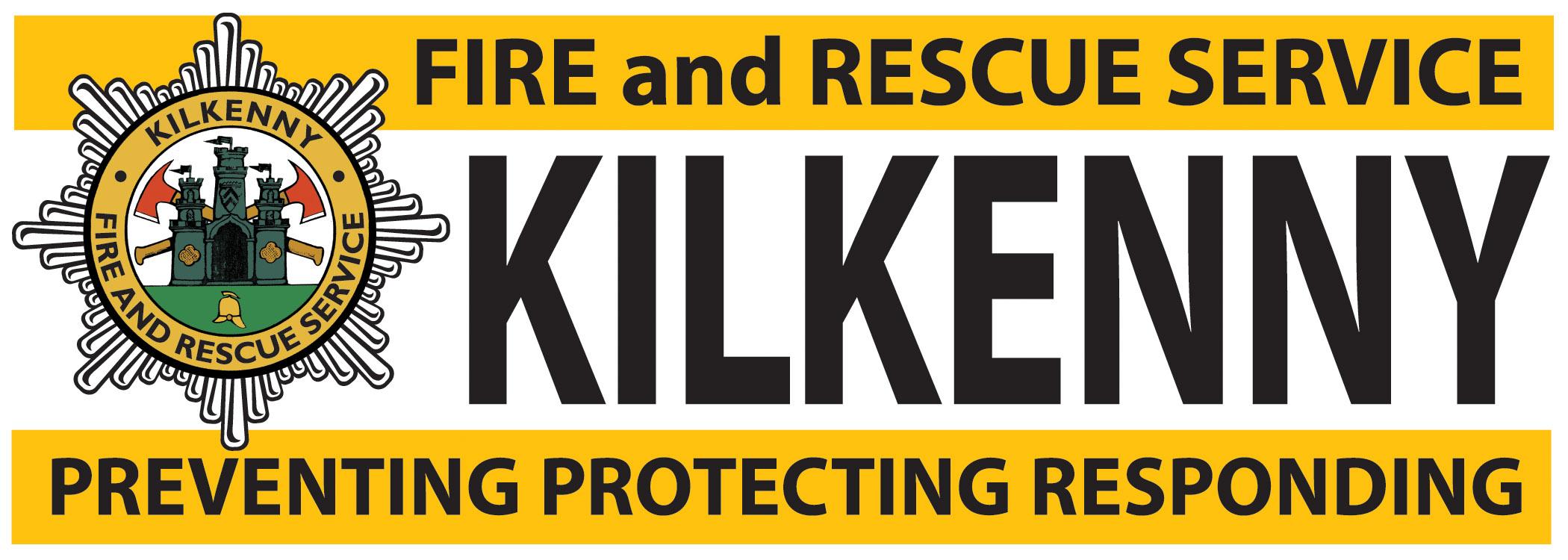In Case Of Emergency - ICE
In case of emergency (ICE) is an initiative that enables first responders, such as paramedics, firefighters, and police officers, to identify victims and contact their next of kin to obtain important medical information.
In Case of Emergency (ICE), can give emergency responders answers - FAST. |  |
In case of emergency (ICE) is a program that enables first responders, such as paramedics, firefighters, and police officers, to identify victims and contact their next of kin to obtain important medical information.
It encourages people to enter emergency contacts in their mobile phone address book under the name "ICE". Alternately, a person can list multiple emergency contacts as "ICE1", "ICE2", etc. The popularity of this initiative is spreading across Europe.
We suggest that you put up to three contact names and numbers, and give your loved ones peace of mind - we're on call for you 24 hours a day, 365 days a year.
 | What is ICE? ICE (In Case of Emergency ) has been devised in response to research that shows 80% of people do not carry any emergency contact details with them at all times. A similar proportion now carries a mobile phone, correct use of which can speed up notification of next of kin or designated contacts following an accident. |
The role of the public The ICE contact should be someone who can be reached if a patient becomes sick or injured to such an extent that they are unable to communicate. The contact should be made fully aware that they have been designated as such.
|  |
Does ICE work for everyone?
The mobile phone system can work for all phone owners, but has limitations in some circumstances, such as:
- Where the phone is protected with a password
- Where is it damaged or the battery is flat
- Where the responder cannot be sure it belongs to the casualty
No doubt there will be other issues as experience is gained and this list is in no way exhaustive.
Putting ICE into your mobile phone
Putting the acronym ICE in front of your designated emergency contact.
Follow these hints to get the best out of ICE:
- Make sure the person whose name and number you are giving has agreed to be your ICE contact
- Make sure your ICE contact has a list of people they should contact on your behalf - including your place of work
- Make sure your ICE person's number is one that's easy to contact, for example a home number could be useless in an emergency if the person works full time
- Make sure your ICE contact knows about any medical conditions that could affect your emergency treatment - for example allergies or current medication
- Make sure if you are under 18, your ICE contact is a parent or guardian authorised to make decision on your behalf - for example if you need a life or death operation
- Should your preferred contact be deaf, then type ICETEXT then the name of your contact before saving the number

My phone doesn't show the callers name any more
This will be because your ICE contact number is a duplicate entry of another contact in your phone book. If you have two numbers the same, your phone won't know which one to display so it will show just the number. To get round this, simply type a * after the number under your ICE contact. It will still work and will cure the caller-ID problem.
More information can be obtained from this weblink http://www.icecontact.com/


 Kilkenny County Council
Kilkenny County Council
